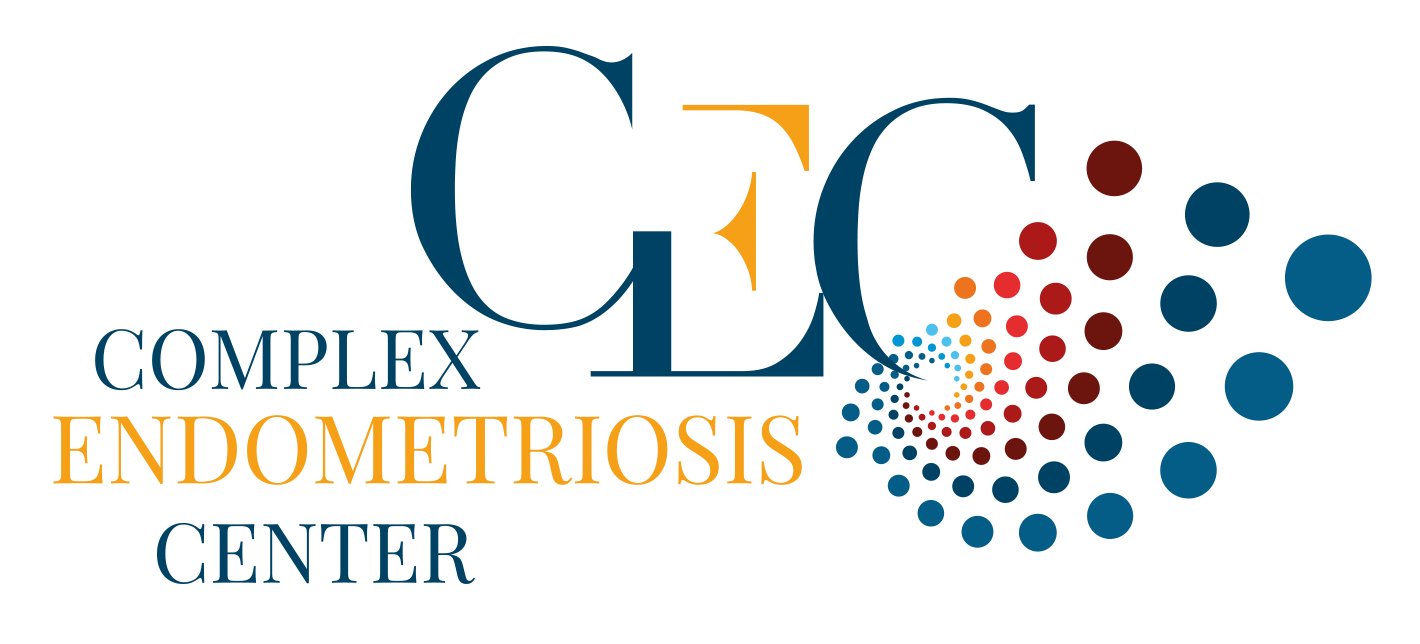With published experience of more than 3,190 cases of surgically treated digestive endometriosis and over 700 cases of endometriosis measuring more than 4 cm invading the rectum and vagina simultaneously, the CEC has a complete strategy for management of digestive endometriosis in its entirety (13, 15, 17).
The most frequent digestive types are rectal and sigmoid, although deep endometriosis can also affect the cecum, appendix or small intestine. The anatomical difference between the rectum and sigmoid must be made clearly established. As they form the end of the intestine, it must be understood that they do not have the same function, the same diameter, the same thickness or the same anatomical position in the pelvis, which changes everything in their surgical management (15).
While the rectum is designed to contain the stool before defecation, the role of the sigmoid is mainly to resorb its last aqueous components. The diameter of the rectum is larger and its muscular wall thicker, which allows it to contract to evacuate stools. The sigmoid is smaller in diameter and has a thinner wall. It is relatively free in the abdominal cavity, but the rectum, especially the lower rectum, is retroperitoneal and closer to neurological structures like the plexuses governing its autonomic functioning and that of the bladder. These notions, while somewhat technical, are essential to understanding the optics of surgical management at the CEC.


